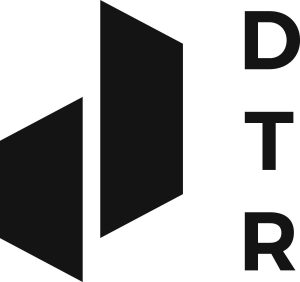A consortium of academics is betting it has the formula to create a high-performance blockchain network capable of processing payments faster and at greater scale than competing blockchain networks.
The network, called Unit-e, is expected to process transactions confirmed by consensus on the blockchain in 15 seconds. If realized, the settlement speed would be a huge jump in blockchain performance compared to competing networks. It takes 15 minutes or more to settle and record a Bitcoin transaction, six to seven minutes for an Ethereum transaction, and 60 to 90 seconds for a Litecoin transaction.
The consortium of academics creating the network—who hail from Carnegie Mellon University, MIT, University of Southern California, Stanford University, University of California (Berkeley), University of Illinois Urbana-Campaign, and University of Washington—is funded by Distributed Technology Research, a Zurich-based nonprofit that finances development of distributed technologies.

Another plus is that blockchain networks provide an immutable, up-to-the-minute public record of any transaction at any point in time. That makes it extremely tough to commit payments fraud.
Besides processing payments faster, Unit-e is expected to handle between 5,000 and 10,000 transactions per second, the consortium says. Bitcoin, one of the first blockchain-based currencies, handles about seven transactions per second. By contrast, Visa Inc. says its network it can process as many as 65,000 transactions per second.
Unit-e’s high-performance is expected to come from what the consortium calls a rethinking of components of blockchain networks, such as storage, computation, validation, communication, networking, information representation, security, anonymity, and privacy, so they can handle more volume and process transactions at high speeds. Once the shortcomings of blockchain have been identified, solutions correcting those problems can be found to increase speed and scalability, the consortium says.
“We study the problems in the blockchain design by viewing them in the context of decades of research in allied areas, many of them traditionally not explored at all by blockchain researchers,” says Pramod Viswanath, a researcher for Distributed Technology Research and a professor of electrical and computer engineering at the University of Illinois Urbana-Champaign.
Payments experts, however, question whether Unit-e can reinvent the blockchain wheel.
“Increasing scale and speed on blockchain (networks) is typically achieved by having a closed, or membership-only network, which is not that much different than bank-owned networks,” says Nicko van Someren, chief security officer for Nanopay Corp., a Toronto-based payment platform for real-time, multicurrency payment solutions.
Doubts are also surfacing about Unit-e’s ability to scale. “In theory, you can improve blockchain’s ability to scale, but no one will believe it until scalability can be demonstrated,” says Eric Grover, principal for Intrepid Ventures, a Minden, Nev.-based financial-services consulting firm. “The big questions facing Unit-e are what problem is this technology solving when it comes to payments processing and can the network build critical mass among consumers and merchants when it launches?”





